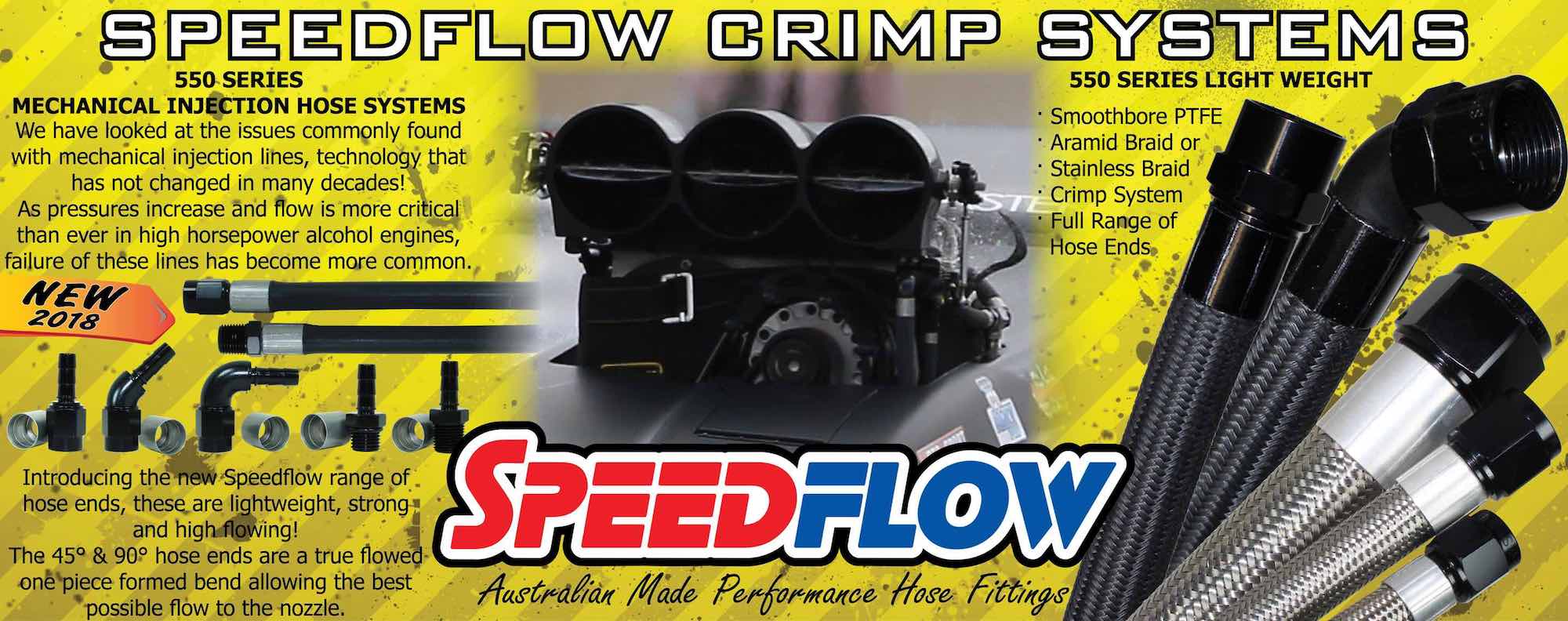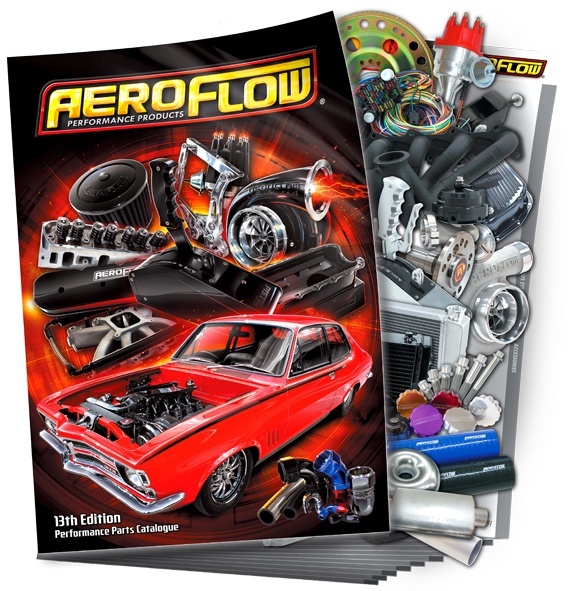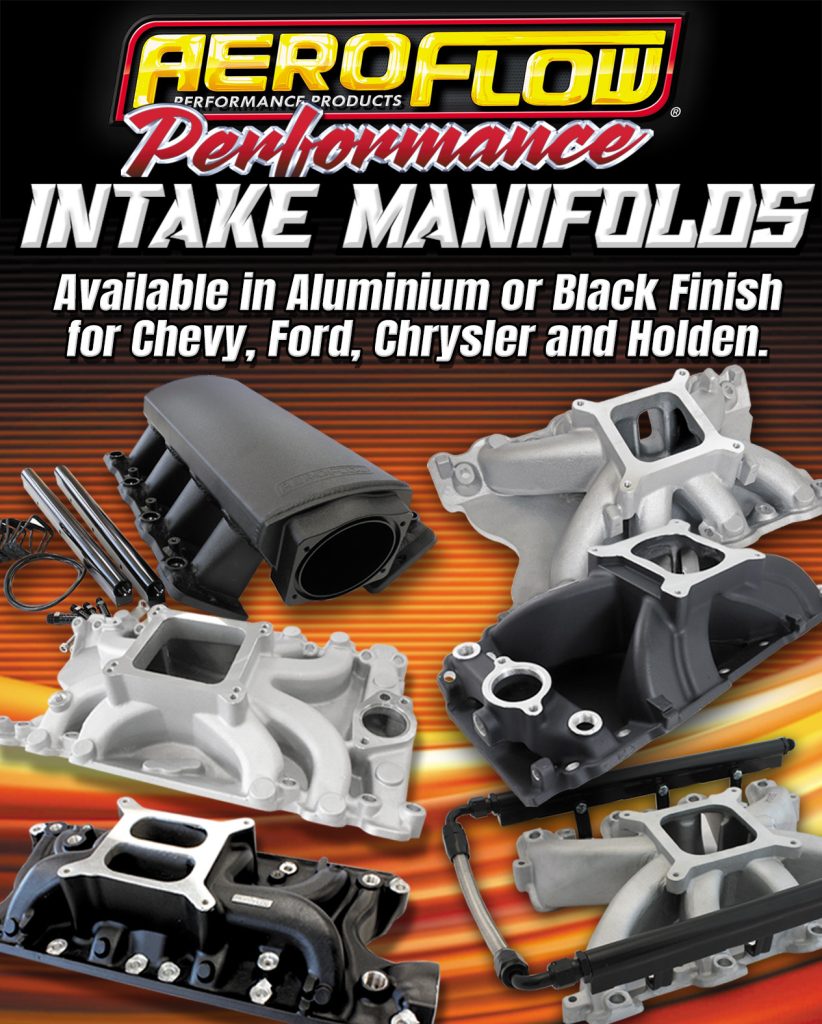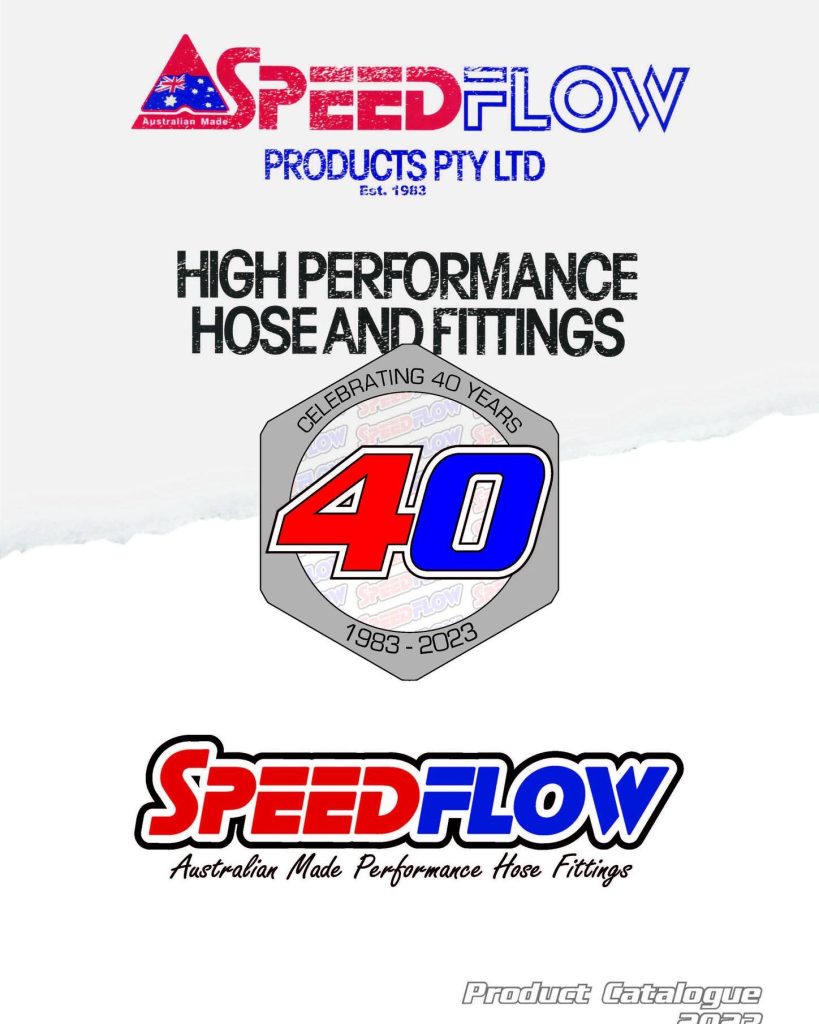
Graham Slapp has always had a passion for the unique and for variety, but it’s fair to say he has never quite found a comfortable place in a sport where variety is never short.
His original love was for nitro and it is chemical supercharging that has brought him back again with the Fossil Fueler, an injected nitro front engine dragster currently getting through the sorting stages at test days at Willowbank Raceway.
Slapp started racing boats in the mid 70s before a shift to go-karts. Success was enjoyed but a move into the offshore oil industry, trading some freedom for higher income, allowed a change to drag racing in 1984.
Graham’s first drag racing endeavour was a blown fuel bike with a single overhead cam Honda for power. This bike was refined over 10 years before coming a ‘gutza’ at 163mph, as Slapp puts it, at Darwin in 1993.
“The wreckage went through the lights like a three week old curry slides out of one’s ring piece,” he eloquently explained.
Slapp considered building an Elmer Trett clone bike, but he said a bit of ‘chickening out’ prevailed and thoughts of an exhibition car were then burning in the brain.
 From then began a menagerie of odd and wonderful exhibition vehicles. First was the Ratzilla Fiat Topolino with two blown Chev motors to do exhibition burnouts. Not long after that was the Hell Raiser wheelstander (which is now the Nitro Sheriff in the Aeroflow stable) and then two jet dragsters.
From then began a menagerie of odd and wonderful exhibition vehicles. First was the Ratzilla Fiat Topolino with two blown Chev motors to do exhibition burnouts. Not long after that was the Hell Raiser wheelstander (which is now the Nitro Sheriff in the Aeroflow stable) and then two jet dragsters.
“After 15 years of exhibition cars, the four car team was too much to manage, especially as I still disappeared for half the year to manage offshore oil fields,” Slapp said.
The passion for drag racing still burned, the question was – what next?
As the exhibition show wound down Graham returned to his original love of nitro.
Slapp said instead of going down the well-trodden blown nitro route he turned his devious mind to injected nitro- harking back to his fuel bike.
In 2009 he returned to the states to see what was going on. By great fortune Slapp met up with the legendary Gene Adams and hung out for a few days. After that he knew it was now or never for him to get serious about nitro.
Gene Adams had been guiding the Kin Bates injected nitro digger for a few years after “retiring” from decades of pioneering nitro developments in NHRA competition since the dawn of drag racing.
The Bates car is the bench mark for front engined A/Fuel diggers in the states, where injected nitro cars race against the blown alcohol cars (like in NHRA competition). As in NHRA T/A competition, the nitro burners had to be slowed down because they consistently ‘whipped up on the blower cars’, Slapp explained.
But unlike NHRA, they reduced the pump size and not the nitro percentage to maintain some parity, which allows teams to run 100% if they want to.
“If they are game enough – or mad enough,” Slapp said.
Back in Australia, by pure chance, Richard Botica had just advertised a front engine dragster chassis he was finishing.
“As soon as I saw the photos, I knew this was a perfect car,” he said. “The proportions and detail were perfectly classic, with a low and round cage, torsion bar front end, 200” wheelbase and so on.
 “A trip to Sydney confirmed the beauty of the car and high standard of construction throughout. I got Richard to replace the extra wide front end with one four inches narrower and then it was a digger from heaven – or at least the Garden of Eden – in my eyes.”
“A trip to Sydney confirmed the beauty of the car and high standard of construction throughout. I got Richard to replace the extra wide front end with one four inches narrower and then it was a digger from heaven – or at least the Garden of Eden – in my eyes.”
That was five years ago. The life of an offshore oil field hand is such that half their life is away in a remote, prison-like existence. Two years seconded to an office in Saigon didn’t help to advance the digger build either, but in 2013 the ‘Fossil Fueler’ was at last ready to fire up.
Currently, the dragster has an OEM Chrysler 392 iron block between the rails. A standard crank, Ridgecrest billet rods, Arias 10.8:1 pistons, Engle cam, Crane roller lifters and Titan oil pump fill up the spaces in the block. Hot Heads with Inconel exhaust and titanium inlet valves capped with Manley loc-lash caps, Nextek springs, titanium retainers and Titan rockers are bolted on top. A Hot Heads manifold with a Hilborn Shotgun injector sits high. A Gene Adams fuel system consisting of 110 pump, Enderle K-barrel valve, jets and nozzles plumb the nitro circuits and a Supermag 5 fires it. A Crower clutch and B&J two-speed delivers the drive to the Strange rear end which has 40 spline floaters.
“The makee-learnee iron block engine will be changed out for a purpose built 468ci Donovan engine when the team is confident that they won’t be blowing the heads across any adjacent paddocks,” Slapp said. “This has happened a few times in the states when teams fail to follow the strict procedures required for this high compression, big nitro load combination.
“One nasty feature of the combination is it is quite safe when running at temperature, but it is a bomb when shut down with any pure nitro in the cylinders.”
So far, the team has tested twice, and even the little iron engine has shown this injected nitro combination produces impressive power.
“To complete licensing it will be calmed down a little with four degrees taken out of the mag and about 40 pounds of lead bolted to the front end,” Slapp said. “Once the digger can get to the end under full power without damage, the Donovan will be fitted and the car painted, chromed, anodized and so on.

“So far the only minor damage has been a main thrust bearing which chewed itself up a little due to a transmission input shaft that was slightly too long.”
Long term plans include taking the digger to the USA to compete against the nostalgia A/Fuel cars there.
Blown fuel FEDs are rare in Australia and injected nitro cars were non-existent until the Fossil Fueler appeared.
Graham is hopeful that other Australian digger owners will be encouraged to consider the injected nitro theme.
“The cost between building a AA/FD and A/FD isn’t much, but the running costs of the injected nitro cars should be far less than 20% of their blown brothers, with much less parts damage and work required at the track,” he said. “Although a full engine rebuild is required after every event, at least it isn’t every round, and just about all parts should be reusable.
“Teams would be able to afford to run regularly and still live in a nitro nirvana. The sound of these engines banging away on a full load should satisfy any true nitro head.”
Images with thanks to blacktrack.com.au, Kirsten Slapp and Metal Mickey archives.
{fcomment}











